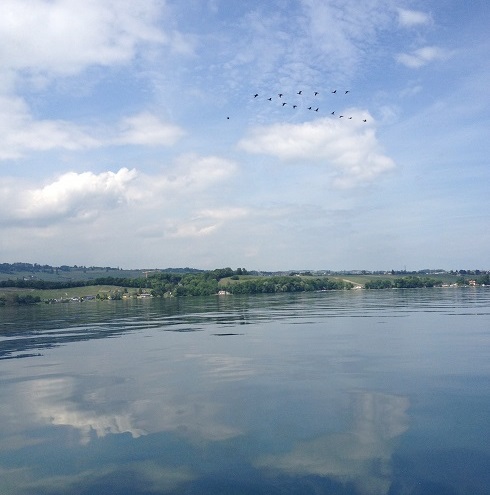
Following excretion by infected hosts, enteric viruses disperse into different environments, such as the sewer system, streams and lakes, from where they can cause infections in new hosts. In the environment, stressors such as sunlight or high temperatures affect the survival of enteric viruses. Over time, they will thus select for those genetic variants that are the most environmentally persistent. Interestingly, environmental stressors act by similar mechanisms as typical water disinfectants (e.g., sunlight and UVC). It is therefore likely that extra hostis environmental stressors can promote disinfection resistant virus populations by selection or cross-selection.
In this project, we aim to explore the link between environmental persistence and disinfection resistance. We are working with coxsackievirus B5, which is known for its high persistence and disinfection resistance, and echovirus, another enterovirus strain that is less stable. We use a combination of experimental virology experiments and field work. In the lab, we determine the genetic basis and mechanisms of persistence under different environmental conditions. We then compare those traits to those found in viruses isolated from wastewater samples collected in geographical locations with different environmental conditions, and explore if an association exists between the extent of environmental persistence and resistance to disinfection among the environmental isolates.